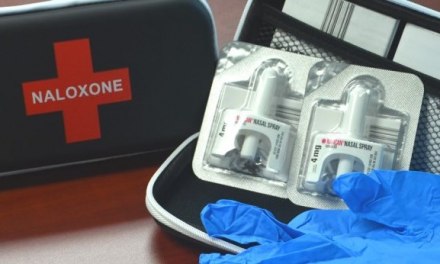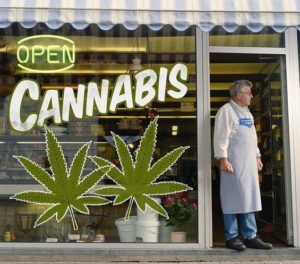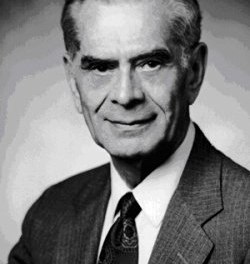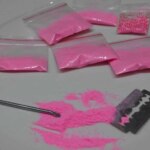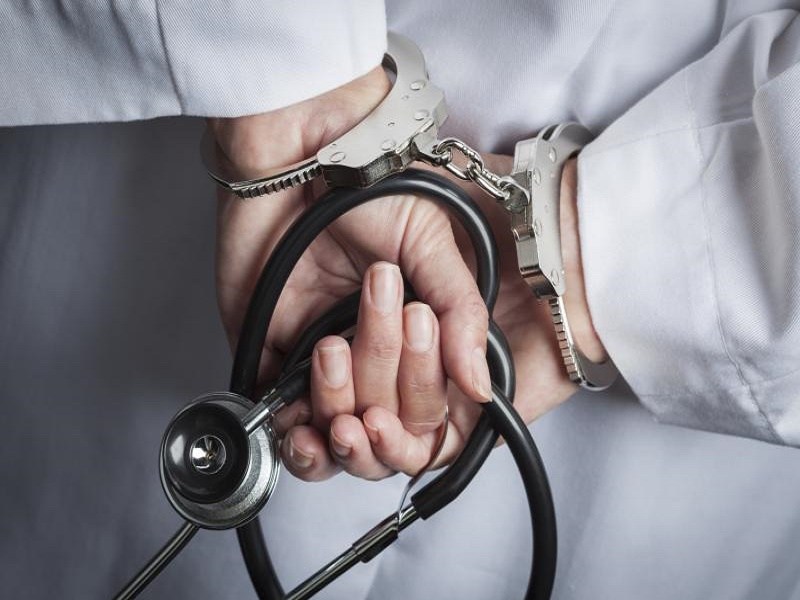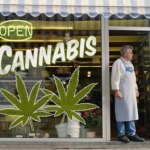Crime can be a lifestyle. We should all know that from TV shows. Addiction can lead people to commit crimes, but there are other factors that drive someone to continue with crime, even after substance use has been reduced or stopped.
Imagine this as a classified ad:
Help Wanted: Criminal. Seek reckless individuals willing to risk painful consequences for short-term selfish gains. Lack of remorse a plus. Impulse control not required. Possibility of partial payment in drugs. Position may include extended periods of enforced inactivity in structured government facilities.”
So what would attract someone to this lifestyle? Some possibilities:
Personality — here are some traits psychologists say are characteristic of antisocial persons:
- Consistent pattern of irresponsibility
- Deceitfulness (repeated lying, aliases, conning others for personal gain or pleasure)
- Impulsivity or failure to plan ahead
- Irritability, aggressiveness
- Reckless disregard for safety of self or others
- Absence of remorse (indifferent to or rationalizing harm to others)
Translation: Crime comes easily to some people. Substance use fits neatly into that pattern, since all that aggression, risk-taking and deception needs chemical support.
Economic incentives— Say a teenager drops out of school, and a few years later finds himself unemployed, with few avenues for work other than minimum wage. His peers recommend crime as a path to success. “See that dude with the Escalade?” they tell him. “That could be you.”
Some kids are vulnerable to this “iffy” reasoning. I was in line at the store when a winner was announced in the $435 million Powerball jackpot. Young guy turns to his buddy and says, “Damn, I knew I should have bought a ticket.”
Convenience— Some are attracted to the unstructured lifestyle. “Straight folks worry too much about the future,” one street dealer explained. “Punch a clock, wear a suit– who wants to live like that?”
The late columnist Jimmy Breslin jokingly listed the top ten reasons to become a gangster. The first nine were “Don’t want to work.”
An example of all three: Dean, who went on Suboxone for his own Oxy addiction. He stayed on the program but rather than re-enrolling in college, he recruited friends to enroll on the program, too. Except instead of taking their medication, they would sell it to Dean for quick cash. He then paid someone to smuggle it into the local detention center for resale at a vastly inflated price. The profit margin was impressive.
Dean saw nothing wrong with this. It was just business, right? if he wasn’t doing it, he reasoned, someone else would. “And wouldn’t I be the fool then?”
That’s why drug treatment may reduce crime, but doesn’t always eliminate it. And why (I would argue) that reductions in crime should not be used as the primary measure of successful outcomes for treatment.


